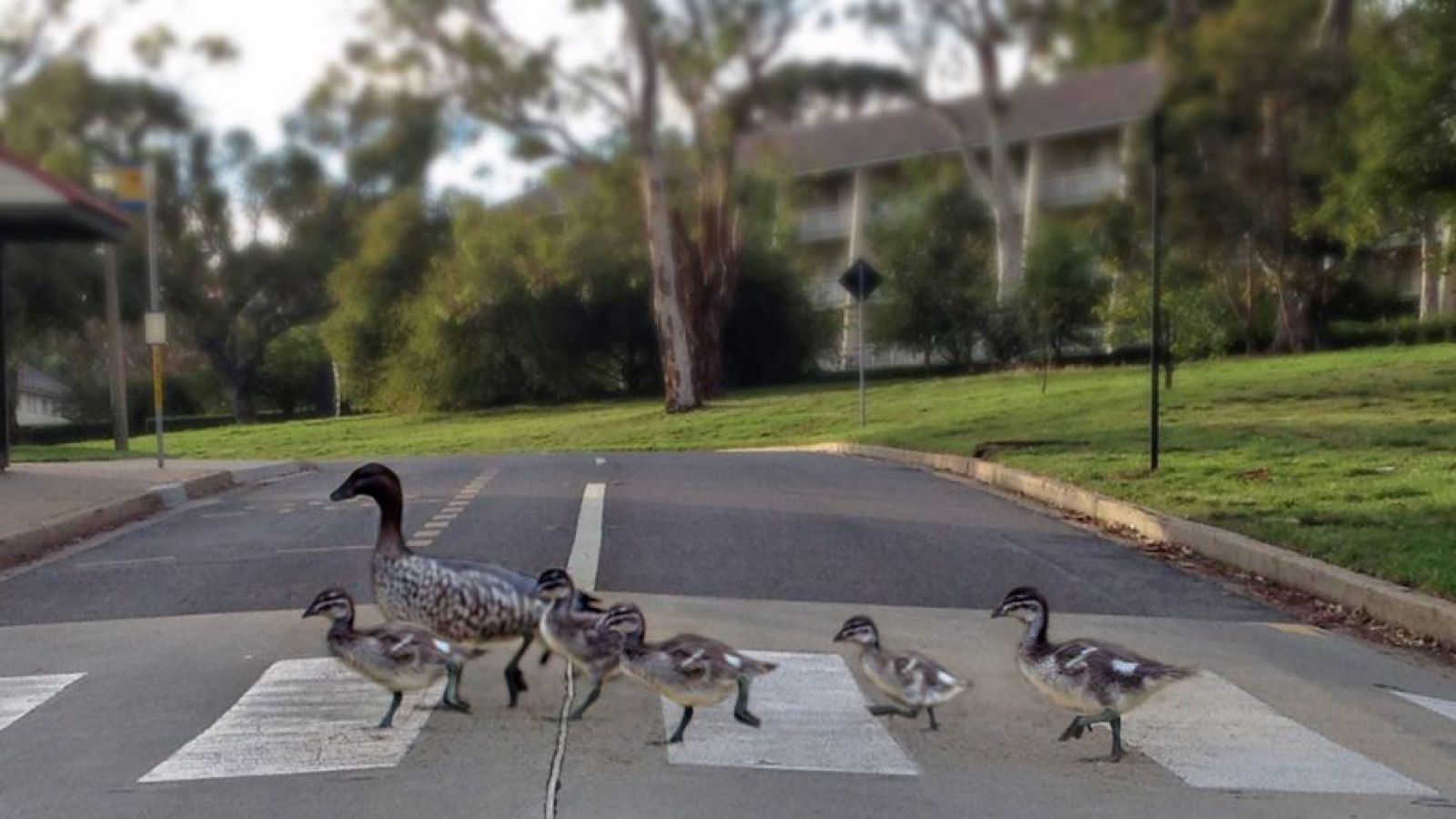Australians face longer working life

 Australians are working later in life, and the trend is predicted to continue into the future, according to new data analysed by demographer Professor Peter McDonald, from the ANU node of the ARC Centre of Excellence in Population Ageing Research (CEPAR), at the College of Arts and Social Sciences.
Australians are working later in life, and the trend is predicted to continue into the future, according to new data analysed by demographer Professor Peter McDonald, from the ANU node of the ARC Centre of Excellence in Population Ageing Research (CEPAR), at the College of Arts and Social Sciences.
CEPAR Deputy Director Professor McDonald compared results from the 2006 and 2011 Censuses of Australia to examine the changes in employment rates for people aged 55 years and older. He looked at a number of characteristics including marital status, education level, housing status, location and English level, and will deliver his findings at a public lecture tomorrow in Canberra.
Professor McDonald said social changes, not policy intervention, have led to the shift in later-life employment.
“The labour force is moving away from more manual labour to non-manual labour. People are starting work later in life, so they are retiring later. People are also having children later, so often they hit 60 and they are still supporting their kids,” he said.
“In the past older Australians had been happy with owning their own house and getting the age pension, but I think the next generation wants more than that. This is brought about by the superannuation revolution and that there is a chance of getting more than the age pension.”
In the late 1990’s Professor McDonald forecast that Australia’s labour force participation rates at older ages would increase, and given the most recent increases, concludes that the Australian population is shifting in a direction that will lead to higher employment rates in the future.
Professor McDonald said it was interesting to discover universal rises across each of the characteristics he compared.
“It was surprising that there were strong increases in employment for quite disadvantaged people – people with disabilities and those with poor English skills”, he said.
“The strength of the labour market itself is also driving this. Unemployment is low and economic growth has been high, so people who want to stay working have usually been able to do so.”
Professor McDonald’s research shows a six percentage point rise in the employment rate of men aged 55-59 years and a seven per cent rise for men aged 60-64 years from 2006 to 2011. Men aged 65-69 and 70-74 years also increased by about five percentage points each.
Females experienced the highest spikes, with more than a 10 percentage point jump in the employment rate for women between the ages of 55 and 64.The rise also continued for women aged 65-69, increasing by six percentage points in the six year period.
The analysis also found that there were strong differences in employment at older ages across different occupations and industries.
“While governments are encouraging employment at older ages, it is surprising that public employment is one of the worst performers in relation to continuation of employment,” Professor McDonald said.
For interviews contact Professor Peter McDonald: 02 6125 2129 / 0400 252 149
For more information visit the Australian Demographic & Social Research Institute